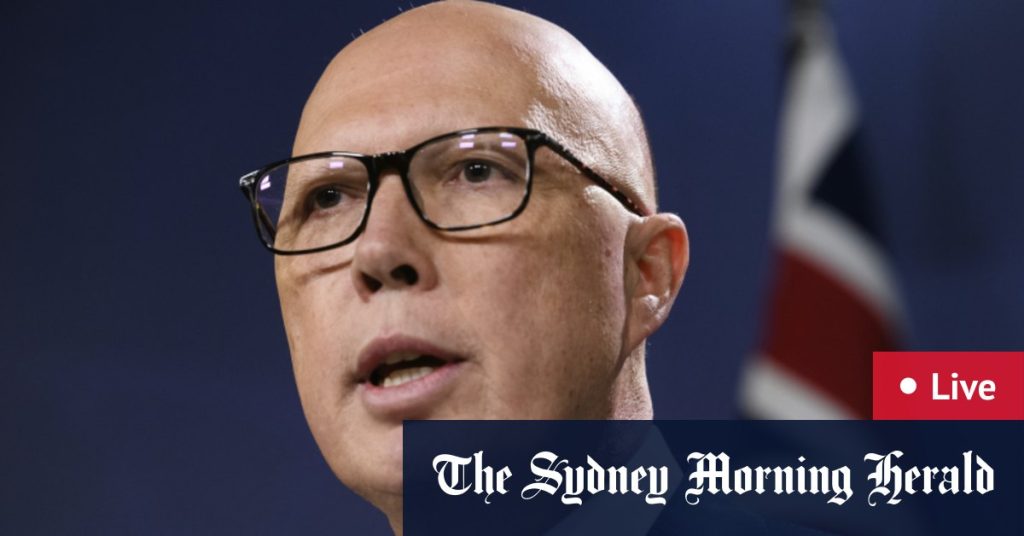Peter Dutton, the leader of the opposition in Australia, has sparked debate by declaring his intention to display only the Australian national flag if he becomes prime minister. This stance contrasts with the current practice of Prime Minister Anthony Albanese, who displays the Australian flag alongside the Aboriginal and Torres Strait Islander flags. Dutton’s decision has ignited a discussion about national identity, unity, and the recognition of Indigenous Australians.
Dutton firmly believes that Australia should unite under a single national flag. He argues that asking people to identify with multiple flags is divisive and unprecedented among other nations. He maintains that while the Indigenous flags deserve respect, they are not equivalent to the national flag and should not be displayed alongside it in official settings. This position reflects a traditionalist view of national symbolism and a focus on what Dutton perceives as unifying elements of Australian identity.
Amanda Rishworth, the Social Services Minister, criticized Dutton’s stance, accusing him of prioritizing headlines over substantive policy discussions. She believes Dutton’s actions are a distraction from pressing issues facing Australians, such as the rising cost of living, and that he is attempting to create controversy rather than engaging in meaningful debate about policy. This critique suggests that Dutton’s focus on flag symbolism is a political tactic designed to generate attention rather than a genuine concern about national unity.
In contrast, Nationals Senator Bridget McKenzie supports Dutton’s position, echoing his call for unity under the Australian flag. She expresses her enthusiasm for a potential Dutton government and its commitment to restoring the primacy of the national flag. This alignment highlights the shared perspective within the conservative coalition regarding national symbols and their perceived importance in fostering a sense of shared identity. It also suggests that the issue of flag display may become a point of differentiation between the major political parties in future elections.
This debate over flag display extends beyond the simple act of choosing which flags to present. It delves into complex questions of national identity, the recognition of Indigenous Australians, and the role of symbolism in political discourse. Dutton’s decision to prioritize the Australian flag can be interpreted as an appeal to traditional notions of national unity and a focus on shared heritage. However, critics argue that this approach overlooks the significance of the Aboriginal and Torres Strait Islander flags in acknowledging the history and ongoing presence of Indigenous Australians within the nation.
Ultimately, this debate reflects a broader conversation about how Australia defines itself as a nation. The choice of flags becomes a symbolic representation of different visions for the country’s future: one emphasizing a singular national identity under the Australian flag, and another acknowledging the diverse cultural heritage of the nation by including the Indigenous flags. The outcome of this debate will have significant implications for how Australia represents itself both domestically and internationally, and how it navigates the complex relationship between its Indigenous and non-Indigenous populations. This issue, while seemingly focused on a visual display, touches upon deeply held beliefs about belonging, recognition, and the very essence of Australian identity.

